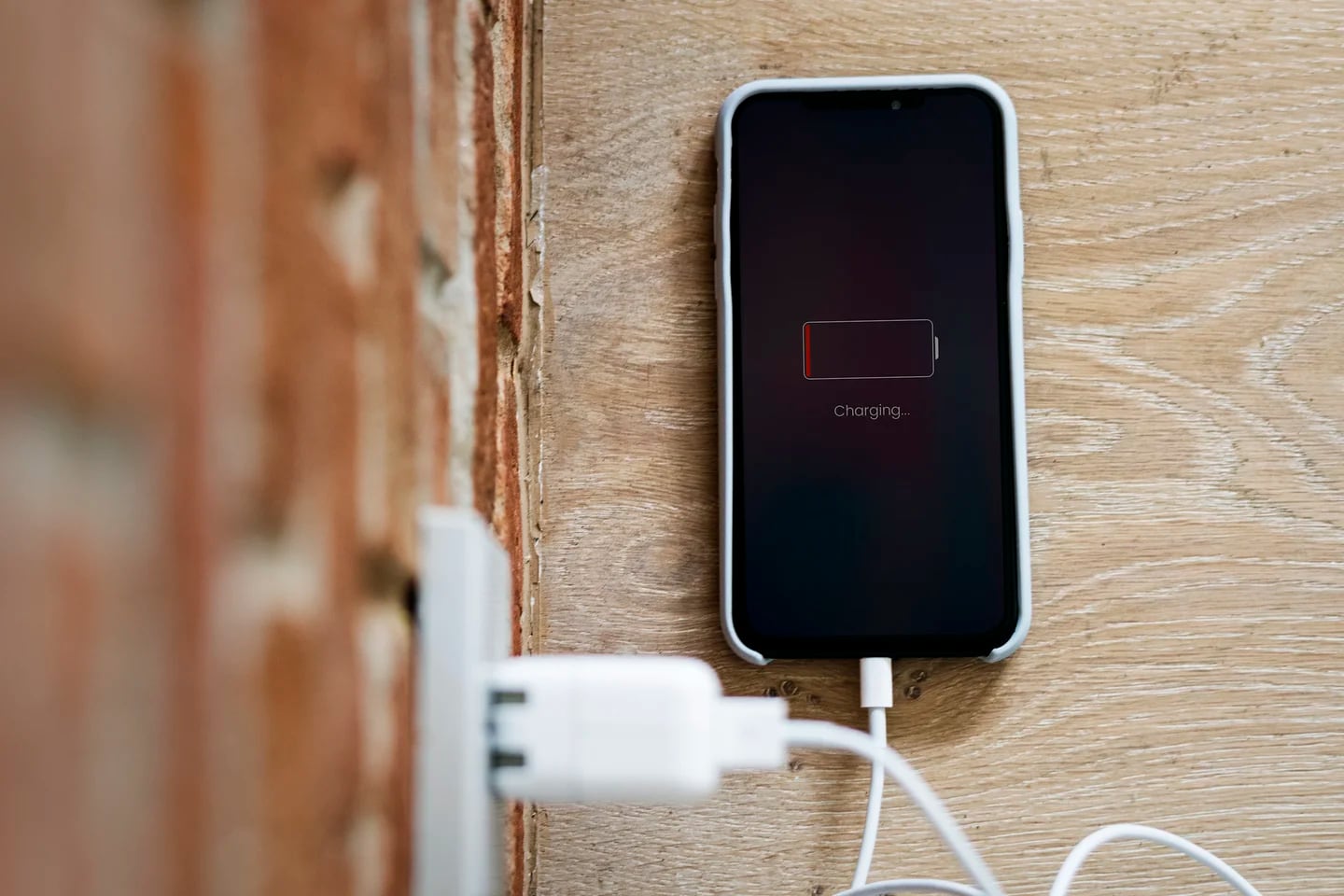
Charging a mobile phone is a daily routine for millions of people. However, not everyone knows the best practices to maintain the longevity of the battery, which then causes premature damage to the equipment or in extreme cases fires.
It must be understood that lithium-ion battery technology, present in most of today’s mobile devices, has certain characteristics that require specific recommendations and care.
For this reason, some of the best tips are presented to properly charge a cell phone, and avoid premature deterioration of its battery.
How safe it is to charge your phone until it reaches 100%

Unlike nickel-cadmium batteries, lithium-ion batteries work best when kept in a charge range between 20% and 80%. Charging to 100% consistently and allowing the battery to discharge completely can cause unnecessary wear and tear.
Research suggests that keeping the charge level within this range can extend battery life significantly.
In addition, it is preferable to charge the cell phone in small amounts several times a day instead of charging a full charge once. This practice reduces stress on the battery and prevents overheating.
How to prevent a cell phone from causing a fire

Heat is one of the main enemies of lithium-ion batteries. Charging your device in cool, ventilated places is essential. In addition, it is advisable to remove any protective case while it is charging, especially if it does not allow adequate heat dissipation.
Likewise, it is always advisable to use the original charger or, failing that, a good quality one with the appropriate specifications. Generic or low-quality chargers can not only reduce charging efficiency, but also damage the battery or even pose a fire hazard.
On the other hand, although many are used to leaving the cell phone charging all night, this practice can be harmful. While many modern phones feature technology that stops charging at 100%, simply keeping the battery at peak level for hours can contribute to wear and tear.
What to do when your cell phone is charging

Leaving the phone connected once it has reached 100% can cause a phenomenon known as “trickle charge”, where small amounts of energy continue to flow to maintain a full charge. This creates unnecessary stress on the battery.
Likewise, using applications that demand a lot of resources, such as games or high-definition videos, while the cell phone is charging, can increase the temperature of the device and affect its battery. It is advisable to leave the device to sleep during the charging process.
What other recommendations extend the life of the cell phone battery
Software updates often include improvements to battery management. Manufacturers often optimize charging processes and energy use through updates, so keeping the operating system up to date can contribute to better battery health.

Similarly, activating the power saving mode when the battery is low not only extends the use of the cell phone, but also decreases the technological load on the battery, allowing it to be more efficient when connected to the charger.
Also, lithium-ion batteries have a limited lifespan determined by charge cycles. A full charge cycle equates to a total discharge of 100%, but not necessarily in one go.
For example, two 50% charges equal one cycle. Being aware of this feature can help better manage partial charges and extend battery life.



Comments